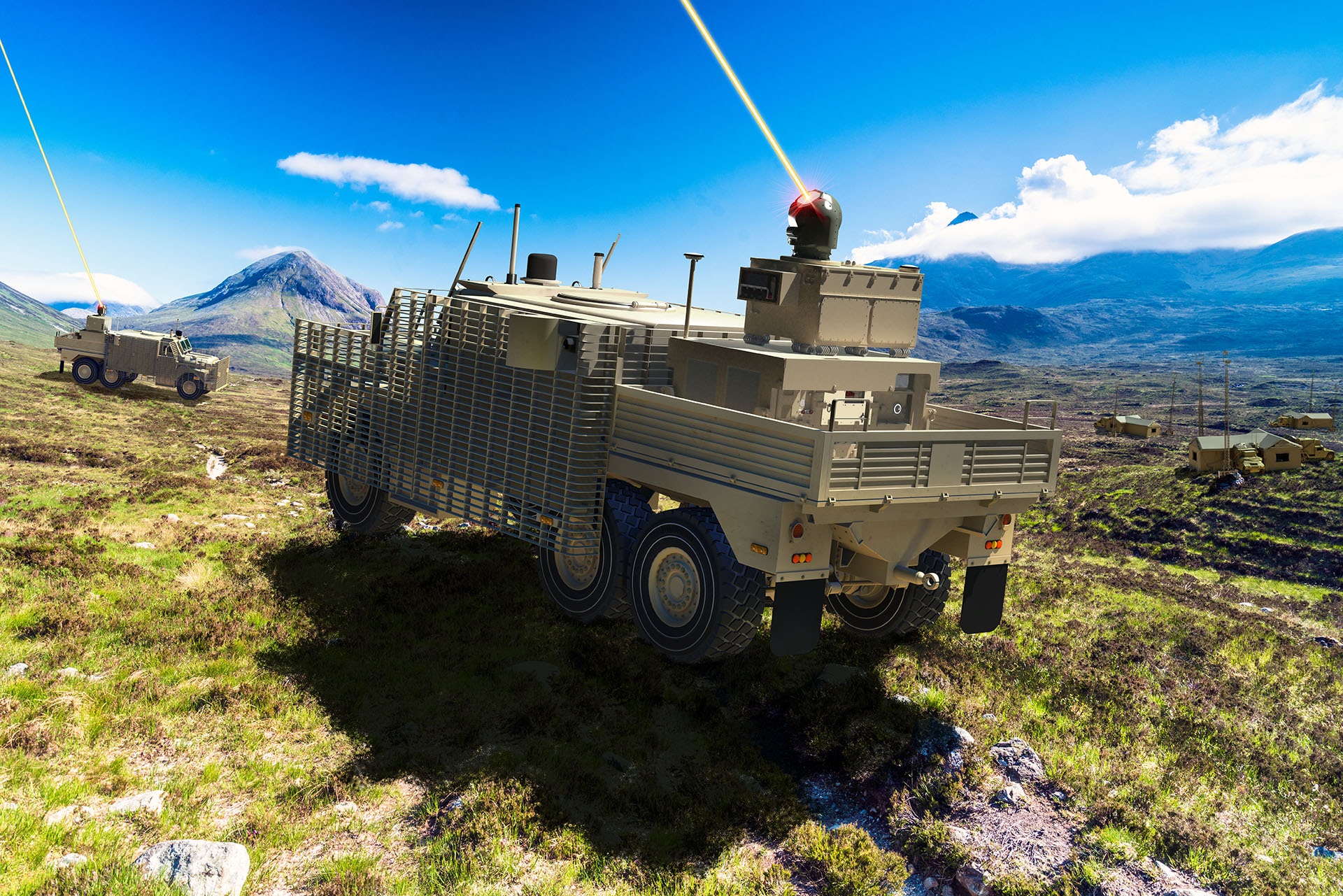It is said that life reflects art and from the sci-fi of Star Wars and Star Trek to the amazing Apollo missions of the late 60’s and 70’s, we have all been obsessed with the possible futures that it shows us.
Well now a little bit of that promised future is nearly upon us as science fiction becomes science fact.
For centuries since the invention of the gunpowder weapons have not changed that much. They use an explosion contained within a cylinder to fire a projectile and hopefully hit the target. As technology advanced it pretty much stayed the same. Improvements in targeting and range meant that weapons became more accurate at a greater distance.
While this is all still true and conventional weapons continued to be improved and refined, an announcement by the Ministry of Defence could change everything.
Today it has awarded three contracts worth £72.5 million to UK industry partners to develop and produce demonstrators as part of the its Novel weapons programme.
Known collectively as Directed Energy Weapons (DEW), these next-generation technologies could revolutionise the battlefield and help to reduce the risk of collateral damage.
Powered by electricity they operate without ammunition. This reduces operating costs whilst increasing platform endurance and providing unprecedented offensive and defensive flexibility to soldiers on the frontline.
The three contracts will deliver two laser DEW demonstrators and one radio frequency DEW demonstrator.
Two of the demonstrators will be delivered to the Army. The chosen platform for the laser DEW that will detect and counter unmanned aerial vehicles (UAV) as well as land-based targets, will be Army’s Wolfhound, a six-wheeled variant of the acclaimed Mastiff.
This heavy-armoured truck is part of the Protected Patrol Vehicles group along with the Husky and the Coyote.
The radio frequency demonstrator will also be hosted on a MAN SV truck and will enable to detection and tracking a variety of air and land targets before disrupting or damaging them using electromagnetic energy.
These innovative capabilities will undergo user experimentation from 2023 to 2025. This will focus on operation and maintenance and will provide invaluable knowledge, information and experience to assess whether DEW can be fully embedded on other Defence assets in the future.
These innovative weapons systems, which are being developed by a consortia led by Thales UK, further reinforces the commitment by us and the Ministry of Defence to develop novel technologies. This marks a significant step towards the use of DEWs to enhance the capability of future soldiers and ensure that they will continue to have the best equipment available.


